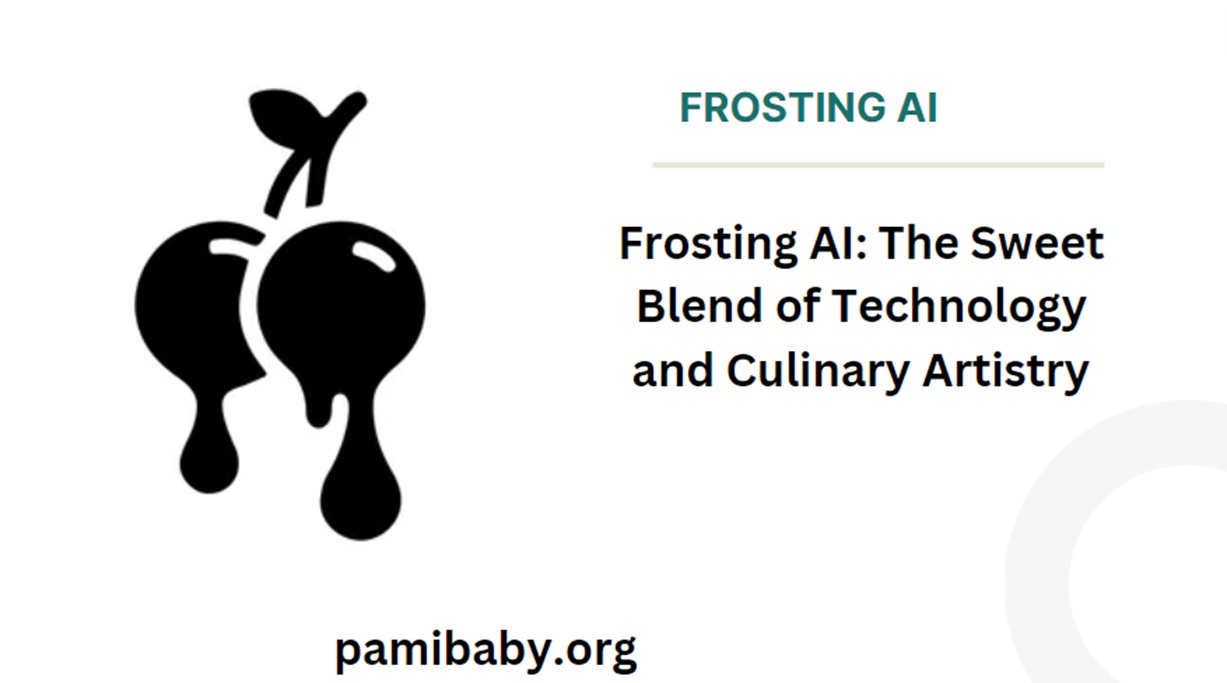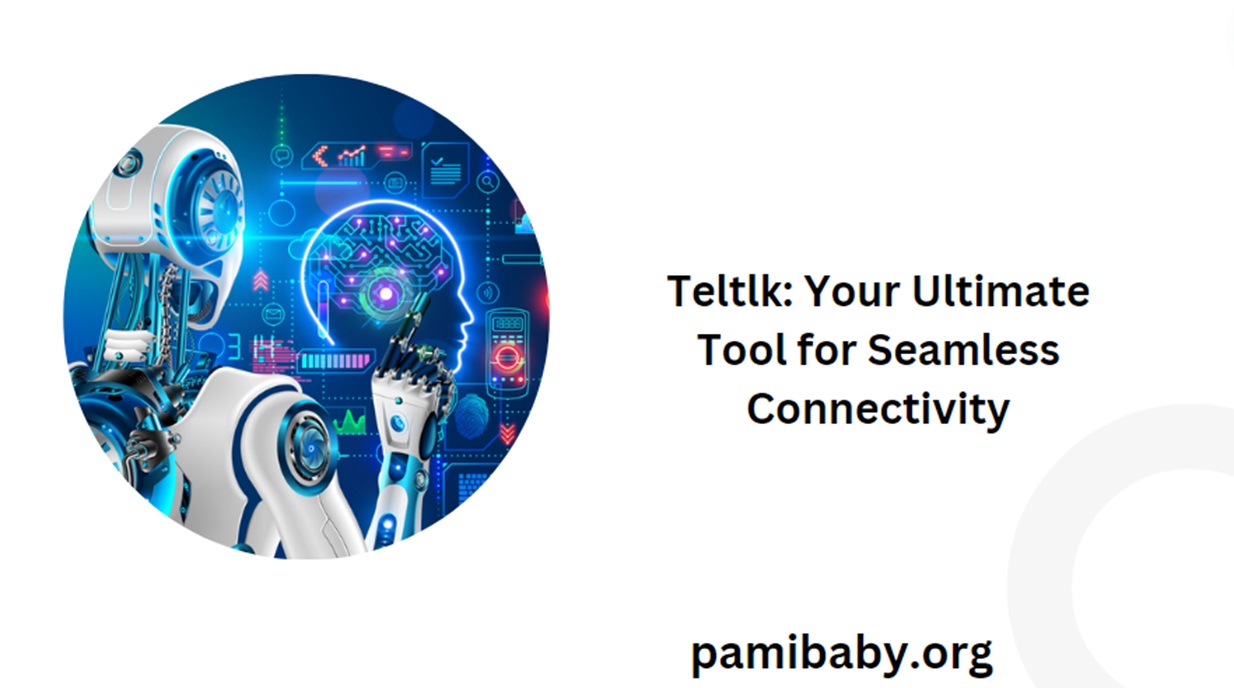Artificial Intelligence (AI) has been revolutionizing numerous industries, from healthcare to finance, and now it’s making its mark in the culinary world, specifically in the art of cake decorating. “Frosting AI” is an innovative blend of advanced technology and culinary artistry, promising to transform how we create and enjoy aesthetically pleasing confections.
Table of Contents
The Concept of Frosting AI
Frosting AI refers to the use of artificial intelligence to assist in or completely automate the process of cake decoration. This technology leverages machine learning algorithms, computer vision, and robotic systems to design and apply intricate frosting patterns with precision and consistency that rivals human decorators.
How Frosting AI Works
- Design Creation: The process begins with creating a design, which can be input by a human artist or generated by the AI based on a set of parameters. Advanced AI systems can even generate unique designs by learning from a database of existing decorations, incorporating styles, patterns, and color schemes.
- Image Processing and Computer Vision: Once the design is finalized, the AI uses image processing and computer vision to analyze the cake’s surface. This ensures the design is applied accurately, considering the cake’s dimensions and any irregularities on its surface.
- Robotic Application: Robotic arms equipped with precision nozzles apply the frosting. These robots follow the AI’s instructions to replicate the design with meticulous detail, layer by layer. The precision of these robots allows for complex and delicate patterns that would be challenging for even the most skilled human decorators.
Benefits of Frosting AI
- Consistency and Precision: AI systems can reproduce designs with exact precision every time, ensuring consistency across large batches of cakes.
- Efficiency: Automated frosting can significantly speed up the decoration process, allowing bakeries to meet high demand without compromising on quality.
- Creativity: AI can suggest novel design ideas by learning from a vast array of styles and trends, sparking creativity and innovation in cake decoration.
- Accessibility: By reducing the skill barrier, frosting AI makes it possible for anyone to create beautifully decorated cakes, democratizing the art of cake decoration.
Transforming the Culinary Landscape
Frosting AI is more than just a technological advancement; it represents a significant shift in the culinary landscape. The application of AI in cake decoration can transform both small-scale bakeries and large commercial operations.
- Small Bakeries: For small bakeries, frosting AI can be a game-changer. With automated systems handling the repetitive and time-consuming aspects of cake decoration, bakers can focus on other essential tasks, such as creating new recipes and managing the business. The precision and efficiency of AI can also help small bakeries compete with larger establishments by offering high-quality, beautifully decorated cakes at a faster rate.
- Large Commercial Operations: In large-scale operations, consistency and speed are crucial. Frosting AI can ensure that every cake produced meets the same high standards, reducing waste and increasing customer satisfaction. Additionally, the ability to quickly adapt designs based on customer feedback or market trends can give large bakeries a competitive edge.
Technological Innovations Driving Frosting AI
Several technological innovations are at the heart of frosting AI. Understanding these advancements helps us appreciate the complexity and potential of this exciting field.
- Machine Learning: Machine learning algorithms are trained on vast datasets of cake designs and decoration techniques. These algorithms can identify patterns and styles, enabling the AI to generate new designs that are both unique and aesthetically pleasing.
- Computer Vision: Computer vision technology allows the AI to “see” the cake and understand its dimensions and surface characteristics. This capability is essential for ensuring that the frosting is applied accurately and that the final design looks as intended.
- Robotics: Advanced robotics plays a critical role in frosting AI. Robotic arms equipped with precision nozzles can apply frosting with a level of detail and accuracy that would be difficult for humans to achieve. These robots can also work tirelessly, allowing for continuous production without the need for breaks.
- Augmented Reality (AR): Augmented reality can enhance the customer experience by allowing them to visualize their cake designs before they are created. Customers can use AR to see how different designs will look on their cake, making it easier to make decisions and ensuring satisfaction with the final product.
Challenges and Considerations
While frosting AI holds tremendous promise, it’s not without challenges. One significant hurdle is the initial cost of implementing AI systems, which can be prohibitive for small bakeries. However, as technology advances and becomes more affordable, these barriers are likely to diminish. Here are some key challenges and considerations:
- Cost of Implementation: The initial investment in AI technology, including hardware and software, can be substantial. Small businesses may find it difficult to justify the expense, especially if they have limited resources. However, the long-term benefits, such as increased efficiency and reduced labor costs, can offset the initial investment.
- Learning Curve: Operating AI systems requires specialized knowledge and training. Bakery staff will need to learn how to use the technology effectively, which can take time and resources. Providing adequate training and support is essential to ensure a smooth transition to AI-assisted decoration.
- Maintenance and Updates: AI systems require regular maintenance and updates to function optimally. Keeping the technology up-to-date and addressing any technical issues promptly is crucial to avoid disruptions in production.
- Job Displacement: There is a concern that automation could lead to job losses for human decorators. However, it’s more likely that frosting AI will augment rather than replace human decorators. By handling the repetitive tasks, AI allows human decorators to focus on more creative aspects of the job and on tasks that require a human touch.
Ethical and Social Implications
The rise of frosting AI also brings ethical and social considerations that need to be addressed. These include the impact on employment, the need for responsible AI use, and ensuring that the benefits of technology are accessible to all.
- Impact on Employment: As with any form of automation, there is a risk that jobs could be lost. However, by retraining staff and focusing on the complementary roles of AI and human workers, businesses can mitigate this impact. AI can take over repetitive and physically demanding tasks, allowing humans to engage in more creative and strategic roles.
- Responsible AI Use: It is essential to use AI responsibly, ensuring that it is designed and implemented in ways that are ethical and beneficial to society. This includes considering the environmental impact of AI systems, protecting customer data, and ensuring transparency in AI decision-making processes.
- Accessibility and Equity: Ensuring that the benefits of frosting AI are accessible to all, regardless of the size or financial capacity of the bakery, is important. This can be achieved through initiatives such as government grants, subsidies, and industry partnerships that help small businesses adopt AI technology.
The Future of Frosting AI
The future of frosting AI is bright, with continuous advancements making the technology more accessible and versatile. We can expect to see more personalized and intricate cake designs, driven by customer preferences and trends analyzed by AI. Additionally, the integration of augmented reality (AR) could allow customers to visualize and customize their cake designs before they are created.
- Personalization: AI can analyze customer preferences and create personalized cake designs that cater to individual tastes. This level of customization can enhance customer satisfaction and loyalty.
- Trend Analysis: AI can monitor trends in cake decoration and suggest new designs based on the latest styles. This ability to stay ahead of trends can give bakeries a competitive edge.
- Sustainability: Future advancements in AI technology can also focus on sustainability. For example, AI systems can optimize the use of ingredients, reducing waste and minimizing the environmental impact of cake production.
- Collaborative Creativity: The future of frosting AI is not about replacing human decorators but collaborating with them. AI can handle the technical aspects of decoration, while humans can focus on the artistic and creative elements, leading to even more impressive and innovative designs.
Conclusion
Frosting AI is not just a tool but a revolution in the culinary arts, blending technology with creativity to take cake decoration to new heights. As this technology evolves, it will undoubtedly continue to sweeten our celebrations and transform how we perceive and enjoy one of life’s sweetest pleasures.
By addressing the challenges and leveraging the benefits of frosting AI, the culinary industry can look forward to a future where technology and artistry coexist harmoniously, creating beautiful and delicious works of art for everyone to enjoy. Whether it’s a small bakery looking to enhance its offerings or a large commercial operation aiming for efficiency and consistency, frosting AI offers a promising and exciting future for the world of cake decoration.









